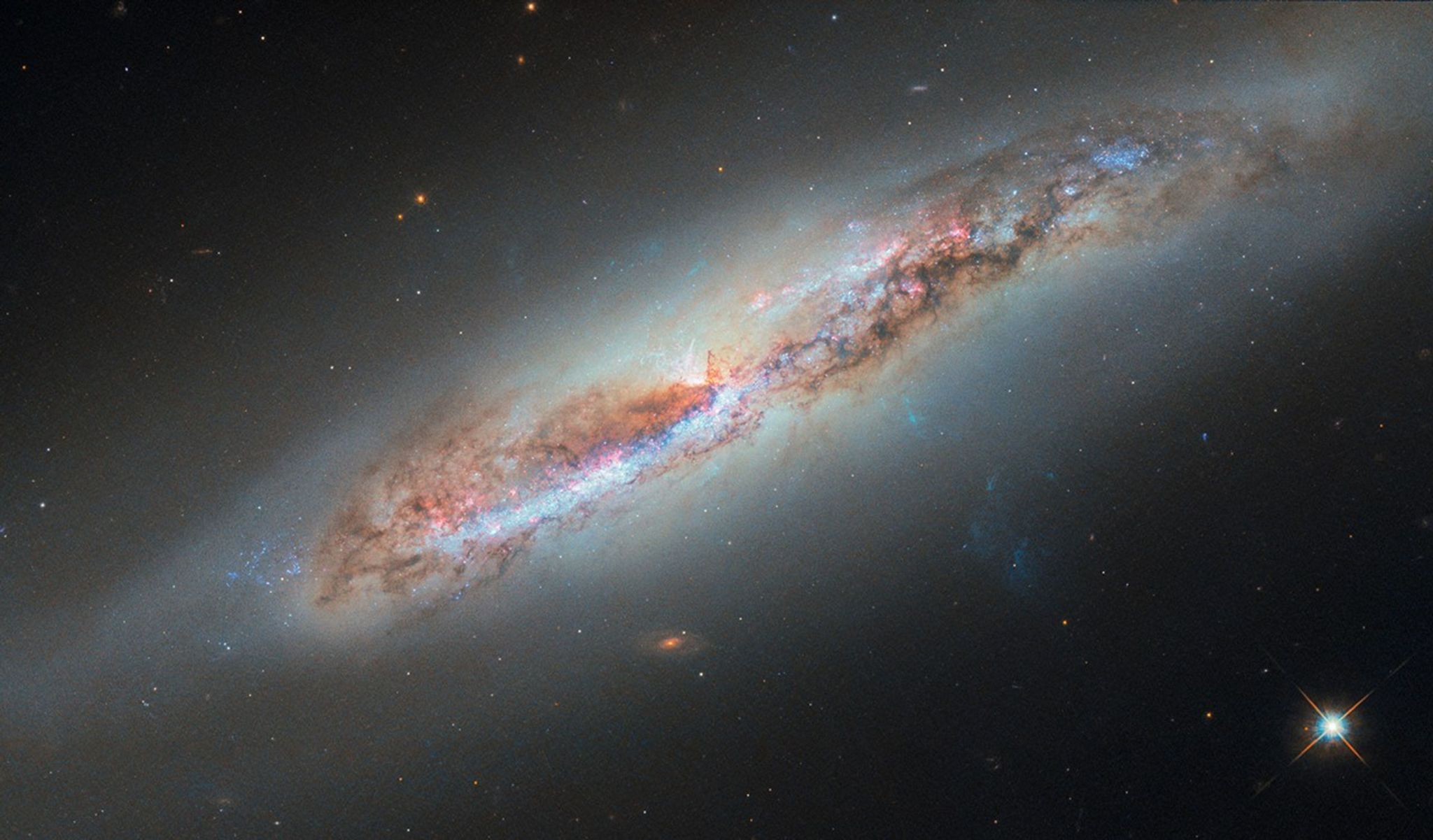This time last year little was known about Agilkia, the area chosen as Philae's landing site. One year on and the situation has changed, thanks to remote and in-situ measurements that have contributed to building up a picture of this iconic area on the comet. As can be seen from the many results reported in this blog, Rosetta is providing unrivalled information about the surface of comet 67P/Churyumov-Gerasimenko. One team has been looking in particular at the region around where Philae touched down in order to put the lander's results in their correct global context. Agilkia was the name chosen for the 1 km^2 landing ellipse at which Philae was targeted. Last year, as Rosetta drew closer to the comet, smaller and more distinct terrains within this ellipse became apparent. Fiorangela La Forgia, of the University of Padova, Italy, and colleagues have studied images from OSIRIS, the science camera on Rosetta, to define these areas according to their geological appearance. On 12 November 2014, Philae touched down as planned in Agilkia, within a region named Ma'at. (Comet regions, defined according to their geomorphology, have been named after ancient Egyptian deities.) It then rebounded, and after two hours drifting about 100m above the comet surface, it settled into its final position, named Abydos and thought to be located on the other side of the Hatmehit region, close to the border with Bastet. From OSIRIS images, we see that Ma’at, and the neighbouring region Nut, are mainly covered by smooth deposits of fine-grained material. The size of these grains was revealed by the ROLIS images from Philae to be of the order of a few centimetres. Although the depth of this layer is unknown it is probably highly variable across the planet: a 35 m-wide impact crater in the Ash region shows […]
from Rosetta - ESA's comet chaser » Rosetta - ESA's comet chaser http://ift.tt/1HHjehz
via
IFTTT

